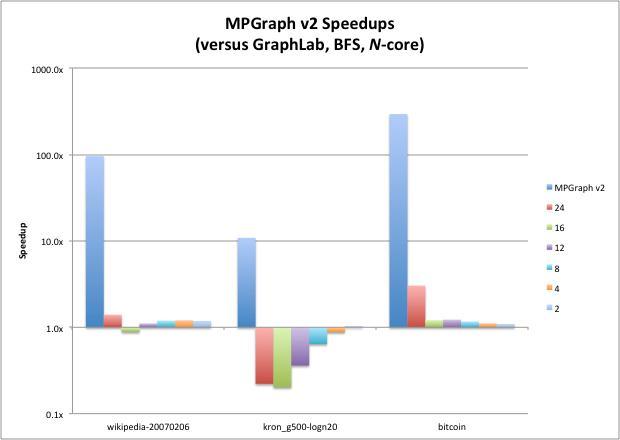When Google closes the Nest deal, privacy issues for the internet of things will hit the big time by Stacey Higginbotham.
From the post:
Google rocked the smart home market Monday with its intention to purchase connected home thermostat maker Nest for $3.2 billion, which will force a much-needed conversation about data privacy and security for the internet of things.
It’s a conversation that has seemingly stalled as advocates for the connected home expound upon the benefits in convenience, energy efficiency and even the health of people who are collecting and connecting their data and devices together through a variety of gadgets and services. On the other side are hackers and security researchers who warn how easy some of the devices are to exploit — gaining control of data or even video streams about what’s going on in the home.
So far the government, in the form of the Federal Trade Commission — has been reluctant to make rules and is still gathering information. A security research told the FTC at a Nov. 19 event that companies should be fined for data breaches, which would encourage companies to design data protection into their products from the beginning. Needless to say, industry representatives were concerned that such an approach would “stifle innovation.” Even at CES an FTC commissioner expressed a similar sentiment — namely that the industry was too young for rules.
Stacey writes a bit further down:
Google’s race to gather data isn’t evil, but it could be a problem
My assumption is that Google intends to use the data it is racing to gather. Google may not know or foresee all the potential uses for the data it collects (sales to the NSA?) but it has been said: “Data is the new oil.” Big Data Is Not the New Oil by Jer Thorp.
Think of Google as a successful data wildcatter, which in the oil patch resulted in heirs wealthy enough to attempt to corner the world silver market.
Don’t be mislead by Jer’s title, he means to decry the c-suite use of a phrase read on a newsstand cover. Later he writes:
Still, there are some ways in which the metaphor might be useful.
Perhaps the “data as oil” idea can foster some much-needed criticality. Our experience with oil has been fraught; fortunes made have been balanced with dwindling resources, bloody mercenary conflicts, and a terrifying climate crisis. If we are indeed making the first steps into economic terrain that will be as transformative (and possibly as risky) as that of the petroleum industry, foresight will be key. We have already seen “data spills” happen (when large amounts of personal data are inadvertently leaked). Will it be much longer until we see dangerous data drilling practices? Or until we start to see long term effects from “data pollution”?
An accurate account of our experience with oil, as far as it goes.
Unlike Jer, I see data continuing to follow the same path as oil, coal, timber, gold, silver, gemstones, etc.
I say continuing because scribes were the original data brokers. And enjoyed a privileged role in society. Printing reduced the power of scribes but new data brokers took their place. Libraries and universities and those they trained had more “data” than others. Specific examples of scientia potentia est (“knowledge is power”), are found in: The Information Master: Jean-Baptiste Colbert‘s Secret State Intelligence System (Louis XiV) and IBM and the Holocaust. (Not to forget the NSA.)
Information, or “data” if you prefer, has always been used to advance some interests and used against others. The electronic storage of data has reduced the cost of using data that was known to exist but was too expensive or inaccessible for use.
Consider marital history. For the most part, with enough manual effort and travel, a person’s marital history has been available for the last couple of centuries. Records are kept of marriages, divorces, etc. But accessing that information wasn’t a few strokes on a keyboard and perhaps an access fee. Same data, different cost of access.
Jer’s proposals and others I have read, are all premised on people foregoing power, advantage, profit or other benefits from obtaining, analyzing and acting upon data.
I don’t know of any examples in the history where that has happened.
Do you?
